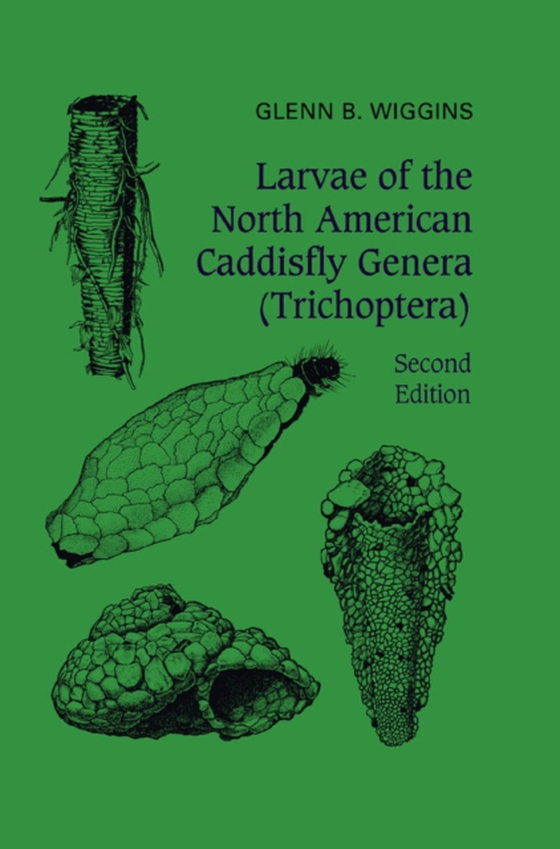
Larvae of the North American Caddisfly Genera (Trichoptera) e-bog
436,85 DKK
(inkl. moms 546,06 DKK)
Caddisflies are one of the most diverse groups of organisms living in freshwater habitats, and their larvae are involved in energy transfer at several levels within these communities. Caddisfly larvae are also remarkable because of the exquisite food-catching nets and portable cases they construct with silk and selected pieces of plant and rock materials.This book is the most comprehensive exis...
E-bog
436,85 DKK
Forlag
University of Toronto Press
Udgivet
15 december 1996
Længde
472 sider
Genrer
PSVT7
Sprog
English
Format
pdf
Beskyttelse
LCP
ISBN
9781442623606
Caddisflies are one of the most diverse groups of organisms living in freshwater habitats, and their larvae are involved in energy transfer at several levels within these communities. Caddisfly larvae are also remarkable because of the exquisite food-catching nets and portable cases they construct with silk and selected pieces of plant and rock materials.This book is the most comprehensive existing reference on the aquatic larval stages of the 149 Nearctic genera of Trichoptera, comprising more than 1400 species in North America. The book is invaluable for freshwater biologists and ecologists in identifying caddisfly in the communities they study, for students of aquatic biology as a guide to the diverse fauna of freshwater habitats, and for systematic entomologists as an atlas of the larval morphology of Trichoptera.In the General Section, the biology of caddisfly larvae is considered from an evolutionary point of view. Morphological terms are discussed and illustrated and a classification of the Nearctic genera is given. Techniques are outlined for collecting and preserving larval specimens and for associating larval with adult stages. The Systematic Section begins with a key to larvae of the 26 families of North American Trichoptera. Each chapter in this section is devoted to a particular family, providing a summary of biological features and a key to genera, followed by a two-page outline for each genus with illustrations facing text. This outline provides information on general distribution, number of species, distinctive morphological features, and biological data including construction behaviour.An important feature of the book is the habit illustrations of larvae and cases of a selected species in each genus, along with illustrations of details of significant morphological structures. Each generic type is thus presented as a recognizable whole organism adapted in elegant ways to particular niches of freshwater communities.This revised edition includes advances in knowledge on the classification and biology of Trichoptera up to 1993 - an interval of 17 years since the first edition. An additional eight families and thirteen genera are included for the first time. Through reorganization of the families into three suborders, a biological context has been established for the systematic section.
 Dansk
Dansk

